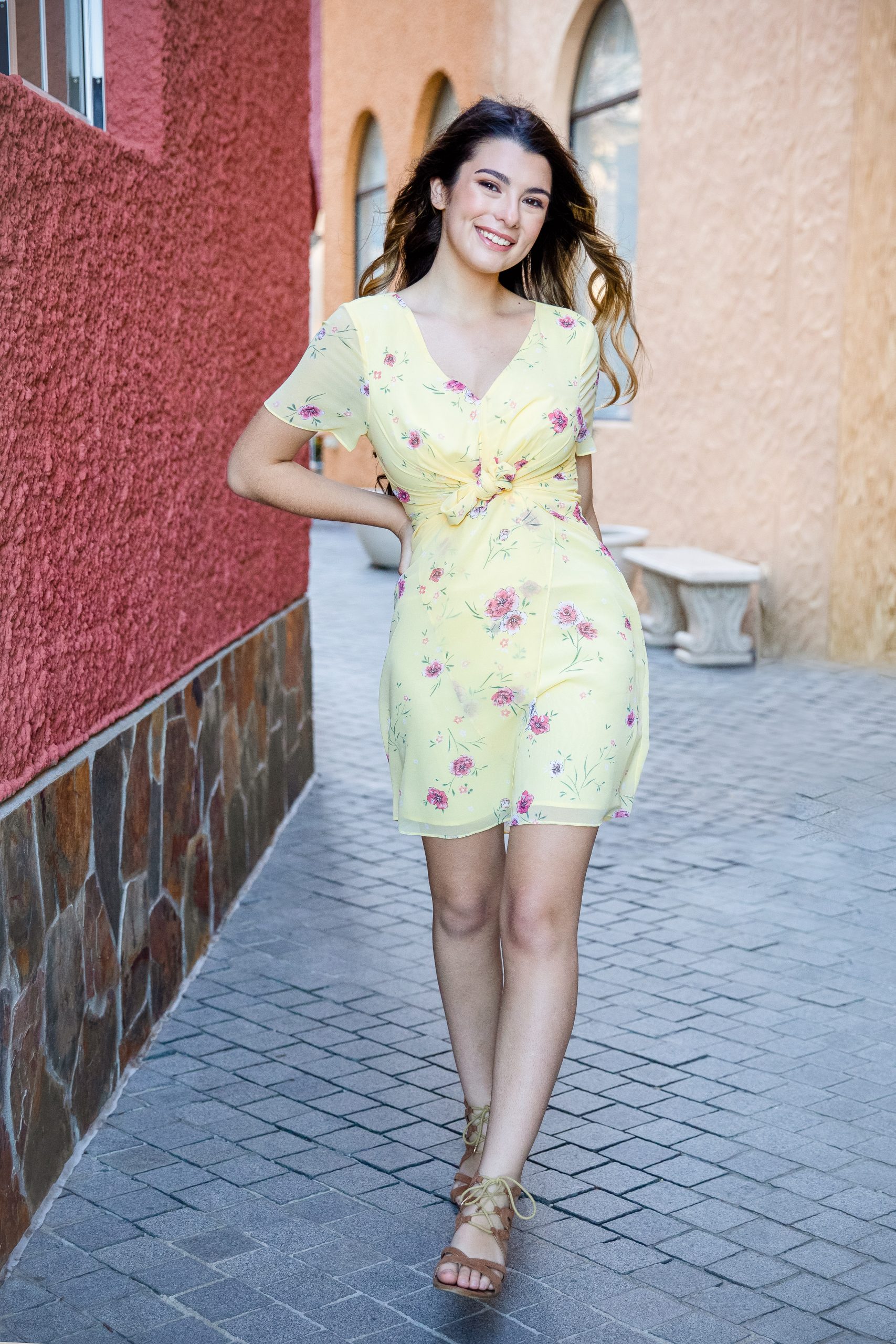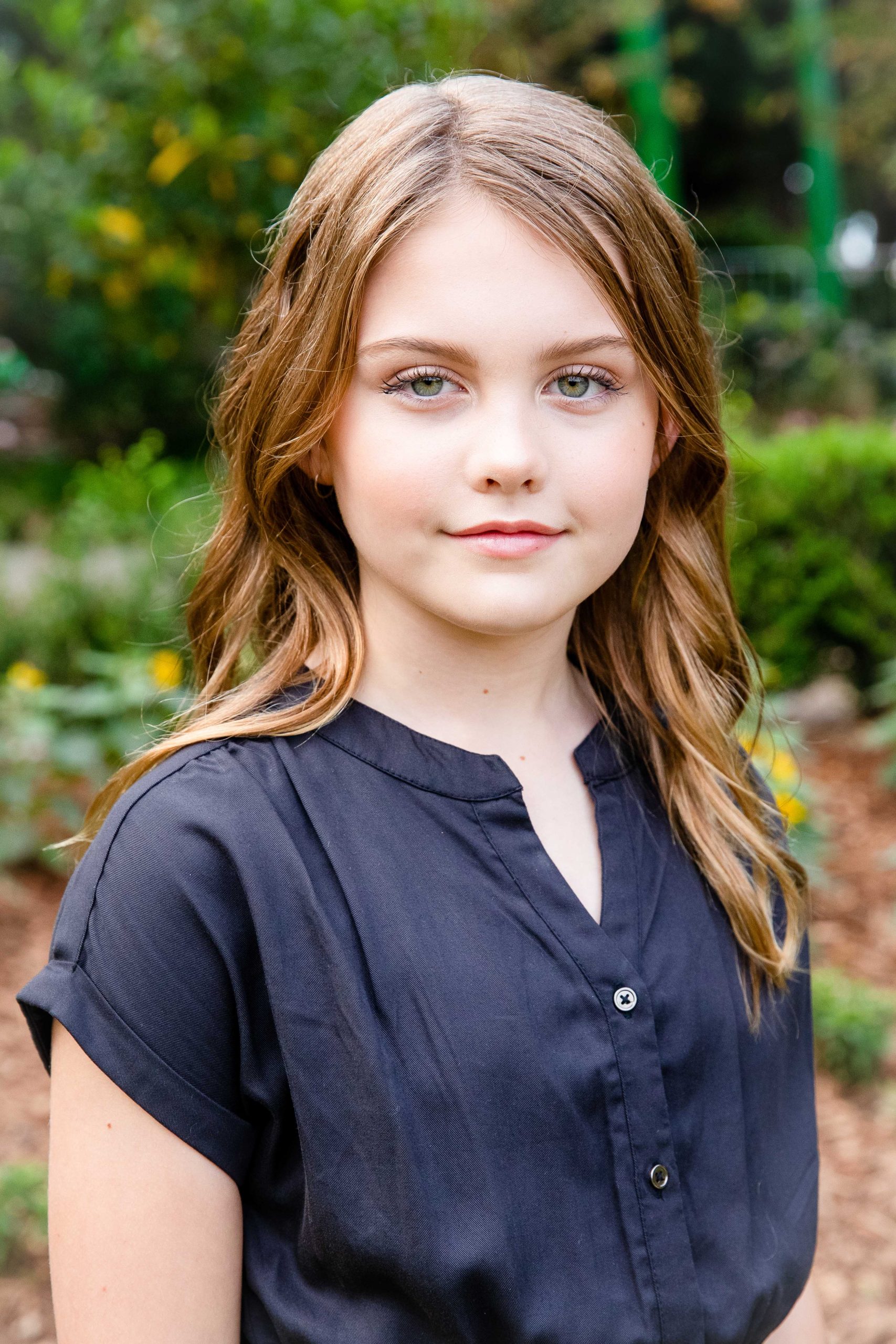The Newbie's Overview to Product Photography
If a picture deserves a thousand words, a magnificent product image deserves a thousand web site brows through. Although I don't have information to back up that declaration (yet), product photography can be very beneficial to your ecommerce website strategy.
To reach your target audience members that choose purchasing online, you likewise require to provide your target market clear, distinctive photos of your items.
But product photography isn't as basic as pointing and shooting. Even one of the most fundamental items require the appropriate equipment, lights, and also area to generate stunning pictures that offer customers right from the acquisition page.
6 Product Photography Tips ( and also Examples) for Taking Photo That Market
Here are the suggestions, instances, as well as supplies you'll require to efficiently picture and also market your items in a manner that makes your visitors as well as prospects intend to transform.
1. Don't https://postheaven.net/c7nzkpa204/h2-the-beginnerand-39-s-overview-to-product-photography-h2-if-a-image-is-worth be afraid to use your smart device's cam.
This is the component where I'm intended to encourage you to buy a high-end, 50-megapixel (MP) video camera with a 100-millimeter screw-on lens. But I'm not going to do that.
If you already possess a camera that fits this summary, make the most of it. But for lots of types of items, it's entirely appropriate to fire product photos on a smartphone.
More recent mobile phones boast effective camera lenses and also settings that permit you to enhance your shots for the different sorts of light and atmospheres you could fire in.
If you need more convincing, just take a look at Apple's Shot On An apple iphone project and the pictures that have resulted from it throughout the years such as this:
2. Fire from a tripod for photo uniformity.
Prior to clarifying tripods, I'm bound to begin with a principal guideline: Do not prop your phone against something sturdy to aim your lens toward the subject.
It's just too very easy for this makeshift configuration to glide about during the shoot and trigger inconsistencies in your pictures' look. If you relax your electronic camera on, say, a pile of publications, just make sure this plan doesn't transform over the course of the shoot.
There's no injury in holding your electronic camera on your own when firing just a couple of product images for your ecommerce website. Yet as your company grows, as well as you take more images of even more products, it can be tough to standardize the product's positioning in each photo when shooting handheld.
To guarantee uniformity throughout your products, you'll need a tripod. And also thankfully, acquiring one isn't constantly the huge, industrial-sized investment it utilized to be.
Below are 2 kinds of tripods to take into consideration.
Traditional vs. Flexible
This is a tradition tripod-- there are standard tripods readily available for both electronic cameras and mobile phones.

A versatile tripod can be manipulated in a variety of means. You can bend its legs and also put it on various surface areas to obtain the angle you need.
Mobile Grip
There's usually a screw on the top of your tripod which connects to your camera to hold it in position. The underside of many professional-grade electronic cameras has a screw opening just for this purpose, but mobile phones can use the following adapter:
The adapter grips the sides of your mobile phone and also can screw into either kind of tripod, enabling you to run the cam manages with the phone display encountering outward as well as towards you.
Once you determine which install you'll require, establish it up in front of your product, as well as take into consideration putting three pieces of tape on the ground to mark where you 'd like to maintain each leg of your tripod throughout the shoot.
3. Choose natural light or synthetic light.
Never ever take too lightly just how particular types of light can enhance (or impede) your product photography. Remember, purchasers obtain the best take a look at an thing in person, where they can see every little thing they require to before investing in. The appropriate lights arrangement assists you expose those important decision-making product features when all website site visitors need to go on is a photo.
A single lighting arrangement may not help every product-- a lighting arrangement that works for some items might deteriorate the appearance of others.
There are 2 kinds of light you can select as your primary light source: natural as well as artificial light.
All-natural Light
Natural light refers to sunshine-- easy as that. It's also known as "soft light" because the sun casts a larger, softer variety of light than, say, a light beaming straight on the product. Ecommerce product shots flourish in natural light if:
The product is shot outside or suggested to be used outside.
The product is made use of by, worn on, or shot with a individual (people tend to look better in natural light).
You're trying to stress the product's surroundings, rather than particular features of the product.
Below's an instance of a shot using all-natural light:
Fabricated Light
Man-made light includes candles, fire, and extra commonly, light bulbs. It's additionally described as " difficult light" since it produces a smaller but more focused light surface. This sort of light caters to items with physical details that need to be highlighted to excite an on-line shopper.
As a general regulation, stick to simply one sort of light per photo-- natural or synthetic. Adding natural light to an synthetically lit photo can soften a product that's indicated to festinate, and adding artificial light to a normally lit photo can hone a product that's implied to look soft. You do not intend to enter your own way.
4. Load or bounce your light to soften shadows.
Whether you make use of natural light or synthetic light, you'll require to minimize the darkness that any possible hard light casts on the contrary end of a product.
There are three ways to do this:
Load Light
Include another, less-intense source of light to supplement your primary light. This extra light is called your fill light and also is made use of as a counterbalance to soften the natural shadow your major light creates behind an things.
To do this, position your fill light opposite your major light so your product sits in between both source of lights.
Flashbulb Bounce Card
A bounce card, or reflector card, is a small card that " shows" or "bounces" the primary light back onto the surface area beneath your product to decrease darkness.
Some bounce cards affix to the flashbulb of a expert camera lens to diffuse the light from the video camera's flash. This card splashes a softer light onto the topic from above your set-- instead of right at it-- so you don't have long darkness trail behind the object you're shooting.
Standalone Bounce Card
If you're shooting from a mobile phone, a flashbulb bounce card isn't an choice, given that you do not have a physical flash you can affix it to. Rather, make your own standalone bounce card positioned opposite your main source of light.
For novices to product photography, this bounce card can successfully change your fill light, which counters the hard light from the video camera flash or lamp that's dealing with toward the front of your product.
5. Use a sweep or picture setting to stress the product.
There isn't one ideal way to place your product, lights, and bounce cards-- they can alter substantially relying on your background. But do not select a background based upon what's easiest to create. Backgrounds must resemble just how you desire your customers to regard your product when watching it online.
Take into consideration initially whether you 'd like a white background or a more dynamic, real-world history. There's an very easy way to achieve every one.

White History: Sweep
For white backgrounds, it's not as basic as setting up a table against white drywall. Even mobile phone cams can grab little blemishes on a white wall that you wouldn't see with the nude eye. To catch a best white history with no edges or acnes, make use of a sweep.
A sweep is a big flexible sheet of paper, whose lower acts as the surface beneath your product and after that curves up into a white wall surface behind the product.
On video camera, the sweep's curve is undetectable, stressing crucial product information and allowing the item to have every one of a internet site visitor's attention.
Real-World History: Portrait Mode
Dynamic, real-world histories are really enticing when capturing items that have a details usage or are being modeled by a person-- as you saw aware of the briefcase earlier in this guide.
Yet, it's easy for a real-world history to take the emphasis of the photo, making it vague which item in the photo you're actually marketing.
Provide your product depth as well as emphasis with picture mode, a image setting on most expert cameras, and likewise offered on lots of brand-new smartphones. This setup obscures the background so the context of the product is clear but not competing versus the product itself.
Below is a extremely remarkable photo of a HubSpot pen absorbed portrait mode on a Google Pixel 2 (I took this image myself). You can tell the pen rests on a workdesk with a computer behind it, but the pen is still the focal point for customers:
6. Shoot a selection of images.
My last ecommerce photography pointer to you is to not quit at one photo per product. Equally as your consumers look, hold, make use of, and even try on product in a store, your internet site must shoot a range of photos to mimic this extremely experience.
If you're firing garments, for example, capture the garment of garments alone-- that is, expanded on a white surface area-- along with on a mannequin whose shade contrasts the color of the product.
Then, for extra pictures, have the clothing modeled on a individual, allowing you to take photos of the product from the individual's various positions and angles.

Product Photography Set Up
Next off, allow's summarize what we simply obtained-- below's a list of fast product photography set-up suggestions that you can refer to and also share on your group:
• Pick a video camera-- whether that suggests using your mobile phone.
• Get a tripod that works for your electronic camera of selection.
• Choose all-natural or synthetic lighting-- think about which choice is best for your product and also setting.
• Determine whether you'll fill or jump light.
• Select sweep or picture setting.
• Take numerous different photos to offer your customers variety.
Get going With Your Product Photography
Don't really feel required to buy every tip and tool at the same time. Apply these product photography tips slowly to see what makes your store look one of the most nice, as well as transform your method as your photography chops improve.